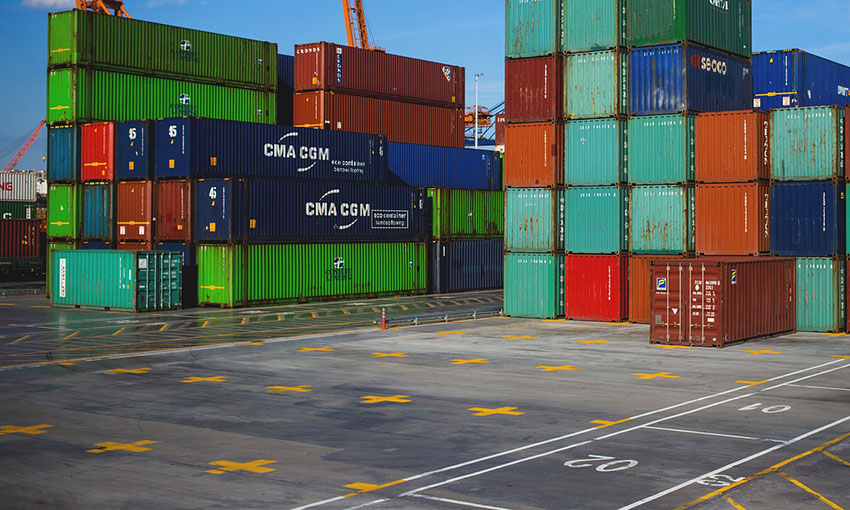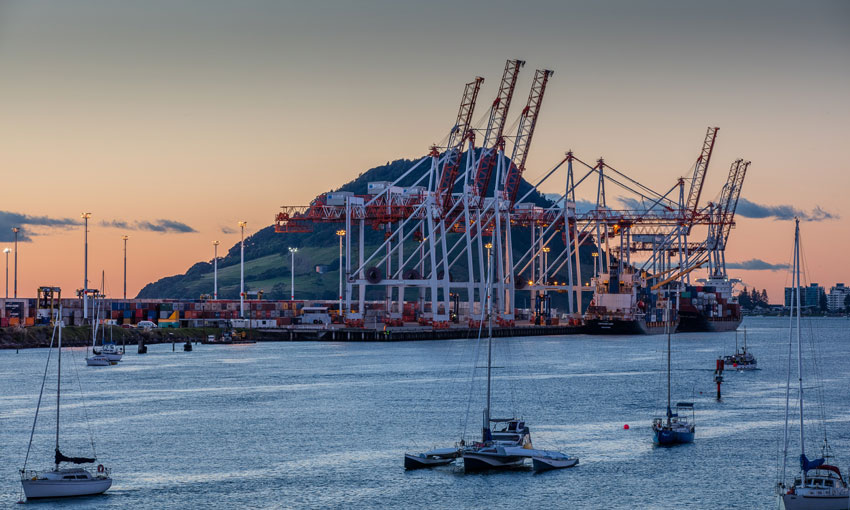EMPLOYERS, unions, port representatives and government regulators in New Zealand have published guidelines for a fatigue risk management system for ports.
Participants – including the Port Industry Association – are working together as the Port Health and Safety Leadership Group.
Maritime NZ chief executive Kirstie Hewlett is chair of the leadership group.
She said the fatigue guidelines are the first of many planned outputs from the leadership group.
“Massey University’s Sleep/Wake Research Centre was involved in helping to develop the guidelines, by providing expertise around the science of fatigue and how it affects people’s bodies and minds, using the latest New Zealand and international research,” Ms Hewlett said.
Adam Harvey, Napier Port general manager marine and cargo, is leading the tripartite working group implementing the guidelines.
He said publishing the guidelines is “only the beginning” of the port industry working together to manage the risk of harm from fatigue.
“Across the industry, we are making a commitment to our workers and their families,” he said.
“We want all organisations employing workers on ports to have at least started a fatigue risk management system by September next year.
“We will be providing training, education and resources to support the guidelines.”
And Maritime Union of New Zealand national secretary Craig Harrison said the guidelines are a major step forward for health and safety.
“The guidelines show what the different parts of the sector can do together taking a tripartite leadership approach and we are looking forward to supporting their promotion and implementation to keep workers safe,” he said.
“We are now seeing a great deal of progress around health and safety in the industry, and an acceptance that fatigue is one of the greatest risks in the industry.”
Mr Harrison said risks are heightened when port workers work long and irregular shifts in fast moving environments with heavy machinery.
“Our industry has seen numerous deaths and injuries of workers in recent years, and the only way to prevent this is by ensuring we have systems in place to protect workers and put health and safety first,” he said.
Indeed, two people have died at New Zealand ports in the past year: in April this year a port worker was killed at Lyttleton days after a stevedore died in Auckland.
Unions in New Zealand soon came together to demand national health and safety standards for stevedoring.
Mr Harrison said MUNZ plans to work with employers and agencies such as Maritime New Zealand and WorkSafe at national and local levels to develop fatigue risk management systems over the coming months.
The guidelines focus on understanding what fatigue is, the science behind it and how to implement a fatigue risk management system.
The intended audience is business owners, health and safety managers, health and safety representatives and others involved in the operation of the business.





